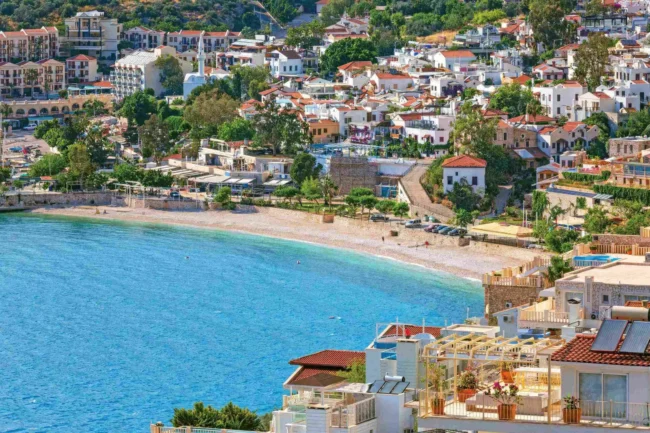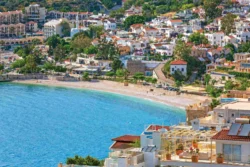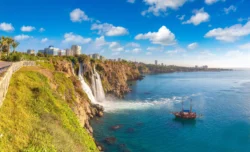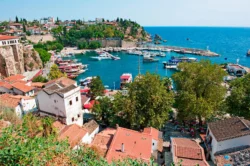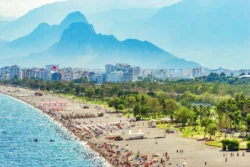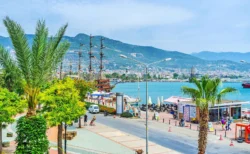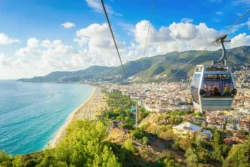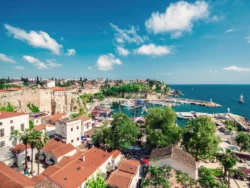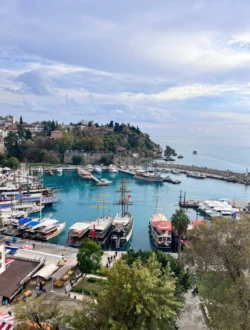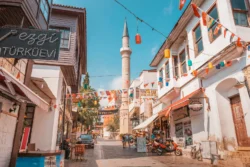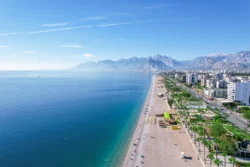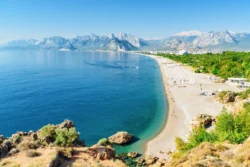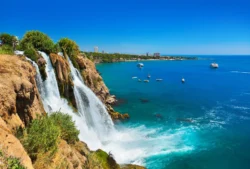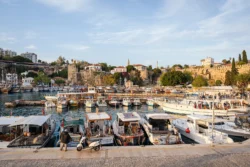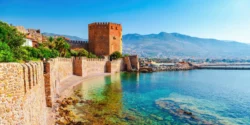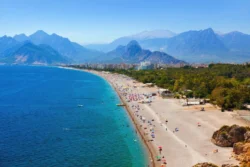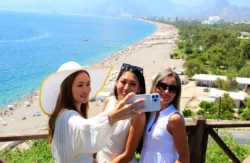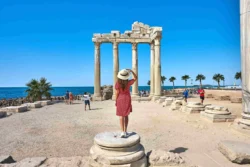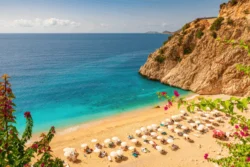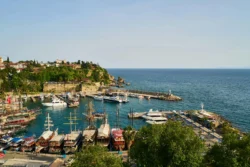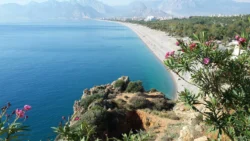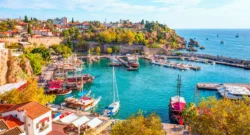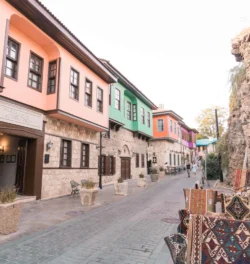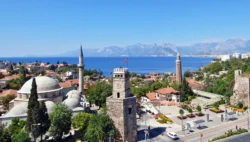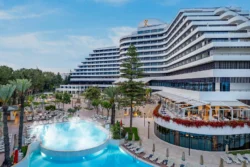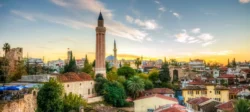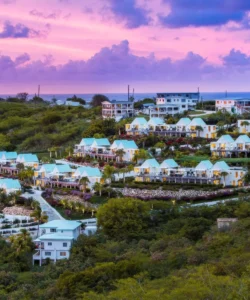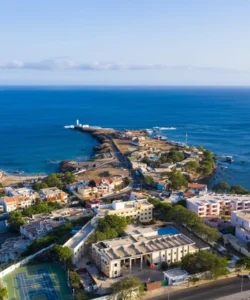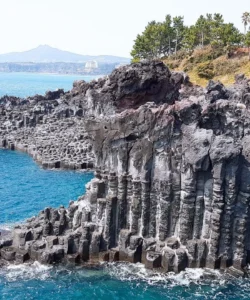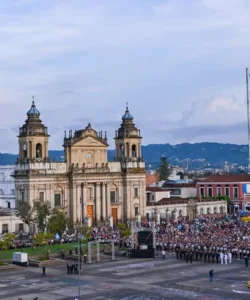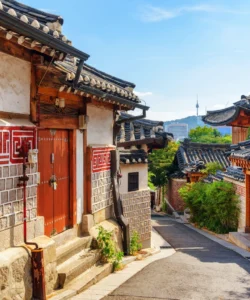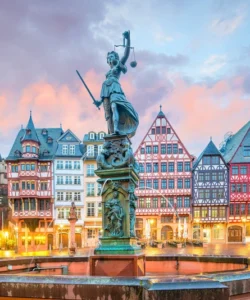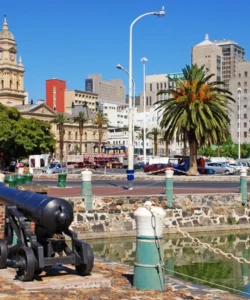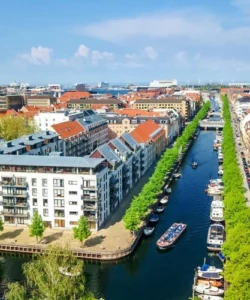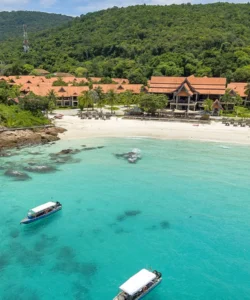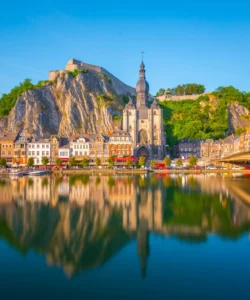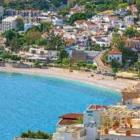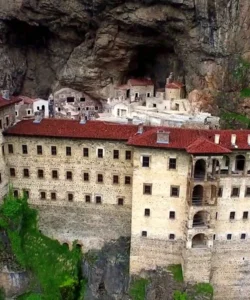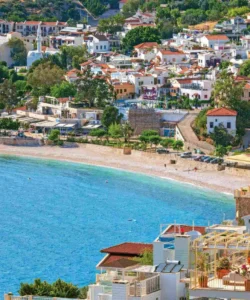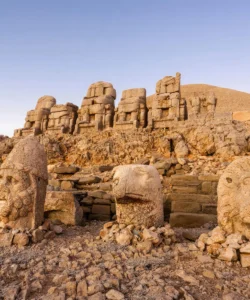Antalya, often called the “Capital of Tourism” in Turkey, is a vibrant and populous city located on Anatolia’s southwest coast, flanked by the majestic Taurus Mountains and the sparkling Mediterranean Sea. While not one of the ancient “Seven Wonders of the World,” Antalya is a significant historical and cultural hub, boasting a rich tapestry of Roman, Byzantine, Seljuk, and Ottoman heritage, seamlessly blended with stunning natural beauty and modern amenities. It serves as a gateway to the famous Turkish Riviera.
Listen to an introduction about Antalya
Name and Address
- Name: Antalya (derived from “Attaleia,” named after its founder, King Attalos II of Pergamon).
- Address: Antalya Province, southwestern Turkey, situated on the Gulf of Antalya.
How to Get There
Antalya is a major tourist destination with excellent transportation links, making it very accessible.
- By Air: The city is served by Antalya International Airport (AYT), one of Turkey’s busiest, with numerous domestic and international flights. From the airport, you can take taxis, shuttles, or public buses to the city center or your accommodation.
- By Road: Antalya is well-connected by an extensive bus network to major cities across Turkey. The coastal D400 highway also provides scenic driving routes.
- Within the City: Antalya has a comprehensive public transport system, including trams (like the nostalgic tram in Kaleiçi), buses, and taxis, making it easy to navigate its various districts and attractions. Many central sites are also easily explored on foot.
Landscape and Architecture
Antalya’s landscape is characterized by its dramatic cliffs, beautiful beaches, and the imposing backdrop of the Taurus Mountains. Its architecture reflects a multi-layered history, from ancient Roman structures to charming Ottoman-era houses.
- Kaleiçi (Old Town): This historic heart of Antalya is a charming maze of narrow, cobbled streets, lined with beautifully restored Ottoman houses featuring wooden balconies and red-tiled roofs. It’s enclosed by ancient city walls with Roman foundations.
- Hadrian’s Gate: A magnificent Roman triumphal arch, built in 130 CE to honor Emperor Hadrian’s visit. Its three ornate marble arches serve as a grand entrance to Kaleiçi.
- Yivli Minare Mosque: A distinctive 13th-century Seljuk mosque known for its unique fluted (yivli) minaret, which has become a symbol of Antalya.
- Hıdırlık Tower: A Roman-era stone tower, possibly a lighthouse or tomb, offering panoramic views of the marina and harbor.
- Ancient Cities Nearby: The Antalya region is exceptionally rich in archaeological sites, many within a short drive from the city center:
- Aspendos: Home to one of the best-preserved Roman theaters in the world, still used today for opera and ballet festivals, renowned for its exceptional acoustics.
- Perge: An extensive ancient Roman city with well-preserved ruins including a stadium, bathhouses, a Hellenistic gate, and colonnaded streets.
- Termessos: A unique ancient Pisidian city built high in the mountains, known for its impregnable defenses (Alexander the Great couldn’t conquer it) and its theater with breathtaking views.
- Side: An ancient port city on a peninsula, featuring a large Roman theater, Temple of Apollo, and a vibrant modern town built around the ruins.
- Phaselis: An ancient Lycian and Roman port city set amidst pine forests and beautiful bays, offering a blend of ruins and tranquil beaches.
- Natural Features:
- Düden Waterfalls: A series of stunning waterfalls, with the Lower Düden Waterfall dramatically plunging directly into the Mediterranean Sea from a cliff.
- Beaches: Antalya boasts famous beaches like Lara Beach (golden sand) and Konyaaltı Beach (pebbled), offering clear turquoise waters and mountain views.
What Makes It Famous
- Tourism Capital: Antalya is Turkey’s largest international sea resort and a primary destination on the Turkish Riviera, attracting millions of visitors annually for its blend of history, nature, and leisure.
- Stunning Coastline and Beaches: Its extensive Mediterranean coastline, crystal-clear waters, and picturesque beaches are a major draw for sun-seekers and water sports enthusiasts.
- Rich Historical Heritage: The city and its surrounding province are a treasure trove of ancient ruins from various civilizations (Roman, Byzantine, Seljuk, Ottoman), offering a deep dive into history.
- Natural Wonders: Beyond its historical sites, Antalya is celebrated for its natural beauty, including waterfalls, national parks, and the dramatic Taurus Mountains, providing opportunities for outdoor activities.
- Gateway to Ancient Lycia and Pamphylia: Its strategic location makes it an ideal base for exploring the ancient regions of Lycia and Pamphylia, home to numerous well-preserved historical sites.
- Birthplace of St. Nicholas (Santa Claus): The legendary figure of St. Nicholas was born in Patara, within Antalya province, and his church is located in Demre, adding a unique cultural anecdote.
Differences from Some Other Wonders
- Living, Modern City: Unlike the ancient “wonders” like the Temple of Artemis or the Mausoleum at Halicarnassus, which are primarily archaeological ruins, Antalya is a thriving, modern city with a dynamic population and contemporary life, where historical sites are integrated into the urban fabric.
- Blend of Natural and Cultural Attractions: While some wonders are purely architectural or natural, Antalya’s fame stems equally from its breathtaking natural landscapes (beaches, waterfalls, mountains) and its rich historical and architectural heritage, offering a diverse range of experiences.
- Regional Hub for Exploration: Instead of being a singular ancient monument, Antalya serves as a central hub for exploring a region rich in multiple ancient cities, each with its own unique characteristics (e.g., Aspendos’s theater, Termessos’s mountain setting).
- Continuous History: Antalya has a continuous history of habitation and development through various empires, providing a layered historical narrative that differs from sites that were abandoned or primarily significant during a single ancient period.
Antalya Photos:
